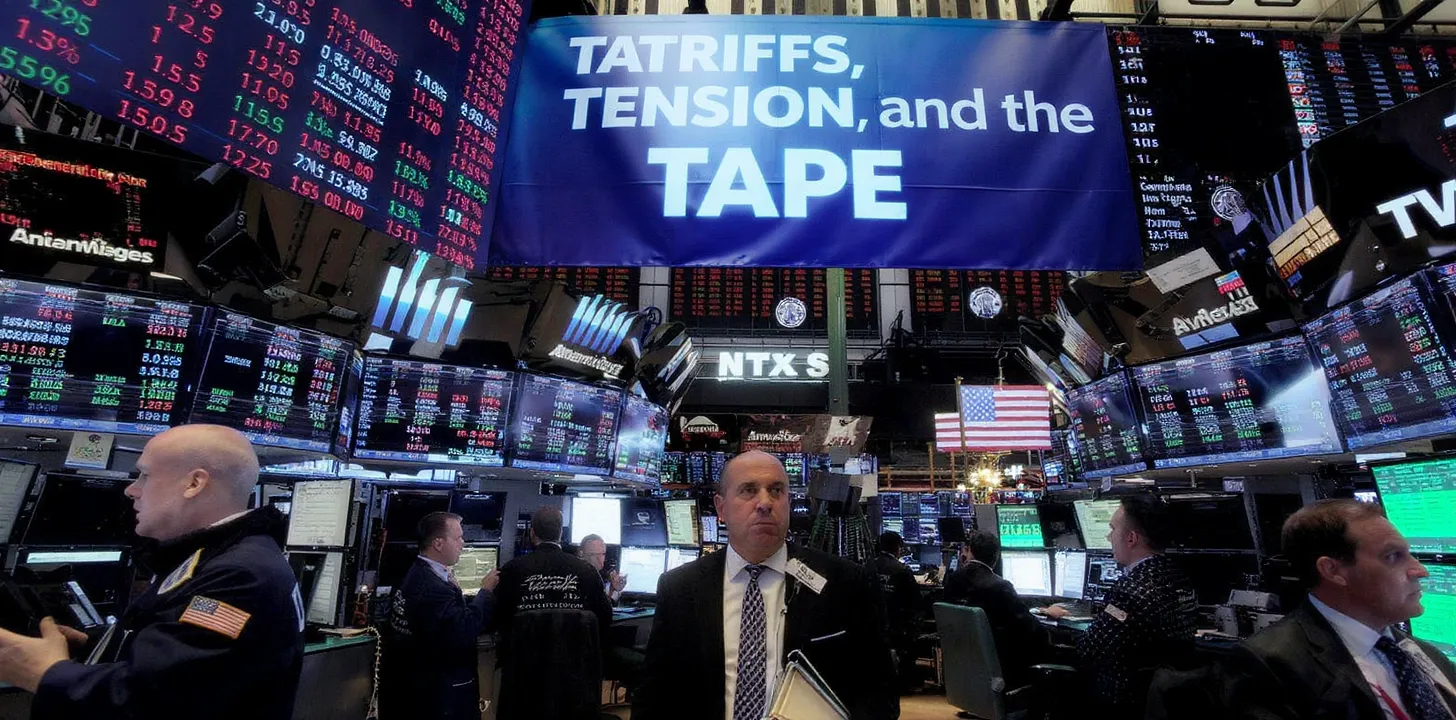A Jolt into 2025: FX Volatility, Rate Expectations, and Key Data Releases
Introduction
Markets are stepping into 2025 with a burst of activity as shifts in currency dynamics, Treasury yields, and equity sentiment spotlight the increasingly delicate balance between growth expectations and monetary policy. Last Friday, the U.S. dollar index slipped despite higher long-end Treasury yields, a move reflecting improved risk appetite across global markets. Equity investors jumped back in, supported by upbeat economic signals and encouraging corporate performance. Meanwhile, currency traders appear to be recalibrating positions ahead of a busy first week of January, brimming with critical data points, from Services PMIs to inflation numbers and culminating in the all-important U.S. jobs report.
Friday’s Moves in Focus
- Dollar Index Retreats: The U.S. dollar index declined on Friday, trimming its weekly gains. Improved risk sentiment prompted a move away from the safe-haven currency, despite Treasury yields ticking higher.
- Equities Rebound: U.S. equity markets surged, with the S&P 500 climbing 1.2%. Technology stocks led the charge, buoyed by optimism around corporate earnings and robust consumer demand.
- Treasury Yields Edge Up: An upbeat ISM report and remarks from Richmond Fed President Thomas Barkin—who underscored upside risks to growth in 2025—drove yields slightly higher. Barkin’s call for a “restrictive monetary policy” until inflation recedes to 2% hints the Fed’s tightening bias remains in place.
- Euro Bounces Off Lows: After hitting a 26-month low, the euro rebounded on short covering, illustrating the currency’s persistent vulnerability but also traders’ readiness to pivot positions if sentiment shifts.
- Yuan Under Pressure: The Chinese currency weakened, dragged lower by expectations of a PBOC rate cut, subdued domestic yields, and renewed tariff concerns. This, in turn, weighed on commodity-linked currencies like the AUD and NZD.
Key Themes for the Week Ahead
- Services PMIs (January 6):
- Eurozone HCOB Services PMI: Projected to fall to 49.5, pointing to a contraction. Weakness here could pressure the euro, especially against currencies backed by stronger economic momentum (e.g., the USD).
- UK S&P Global Services PMI: Expected at 50.8, narrowly above the expansion threshold. Any disappointment could rattle sterling, although improved global risk sentiment has provided the GBP with some tailwinds.
- U.S. S&P Global Services PMI: Though forecasted to dip to 56.1, it remains robustly in expansionary territory. A figure above consensus may reaffirm the Fed’s case for maintaining restrictive policy, potentially lending support to the dollar.
- Eurozone Inflation (January 7): Forecast to come in at 2.4% year-over-year, slightly higher than 2.2%. Any upside surprise could strengthen the euro if traders perceive it as nudging the ECB toward prolonged or additional tightening.
- U.S. ISM Services PMI (January 7): Expected to decline from 53.5 to 52.1. Though still expansionary, a miss here could raise questions about the resilience of the U.S. service sector, possibly undermining the dollar.
- U.S. Labor Data (January 10):
- Nonfarm Payrolls: Consensus sits around 227K, significantly above the prior 150K. A strong print would validate the Fed’s current policy trajectory and potentially boost the dollar.
- Unemployment Rate & U-6: While the headline rate garners attention, the U-6 measure, which includes discouraged and underemployed workers, offers deeper insights into labor market health.
- Michigan Consumer Sentiment: Expected to improve to 74. Rising consumer confidence can support consumer spending and overall growth, bolstering risk sentiment and the dollar simultaneously.
FX Outlook
- EUR/USD: The pair could face renewed pressure if the Eurozone PMI numbers and inflation data fail to impress. However, a stronger-than-expected inflation read might spark euro buying on the premise of continued ECB tightening.
- GBP/USD: A precarious balance depends on service-sector resilience and broader risk sentiment. Sterling remains vulnerable to any negative surprises in domestic data.
- USD/JPY: The yen typically benefits from safe-haven flows if market sentiment sours, but a strong U.S. jobs report could overshadow that advantage, pushing USD/JPY higher.
- Commodity Currencies (AUD, NZD, CAD): Sensitivity to Chinese economic developments and commodity demand will persist. Expect short-lived rallies if Chinese policy signals are robust; otherwise, they might stay on the back foot against the greenback.
Commodities and Bonds
- Oil: Higher Treasury yields and an improving risk environment could buoy oil prices further, especially if cold weather forecasts intensify or if China’s stimulus measures become more explicit.
- Gold: Typically sensitive to real yields, gold may remain under pressure if U.S. yields climb further. However, any equity market wobble could spark a quick return to gold’s safe-haven appeal.
- Copper: The metal’s 1.3% jump last week underscores the significance of China’s economic outlook. Anticipated PBOC easing might sustain copper demand, although global growth concerns remain a cap on runaway prices.
- Bond Markets: Subtle curve flattening last week signals concerns that higher rates might eventually curb long-term growth. Investors will closely watch this dynamic amid the Fed’s hawkish stance.
Conclusion
The opening chapter of 2025 brings a blend of optimism and caution. On one side, rising equities and robust U.S. data hint at a resilient economy that can withstand higher rates. On the other, Europe and China wrestle with slower growth trajectories, placing their currencies and risk assets in a vulnerable position. This divergence sets the stage for a volatile trading environment, where even minor data surprises can shift sentiment sharply.
In the days to come, PMI readings, inflation data, and the highly anticipated Nonfarm Payrolls report will either confirm or challenge the markets’ risk-on stance. For traders, this means keeping a close watch on daily developments—and being prepared to adjust swiftly as new data points emerge. Ultimately, the week ahead could foreshadow how markets may behave through the rest of the quarter, making it a critical period for investors seeking clarity in an evolving macro landscape.



